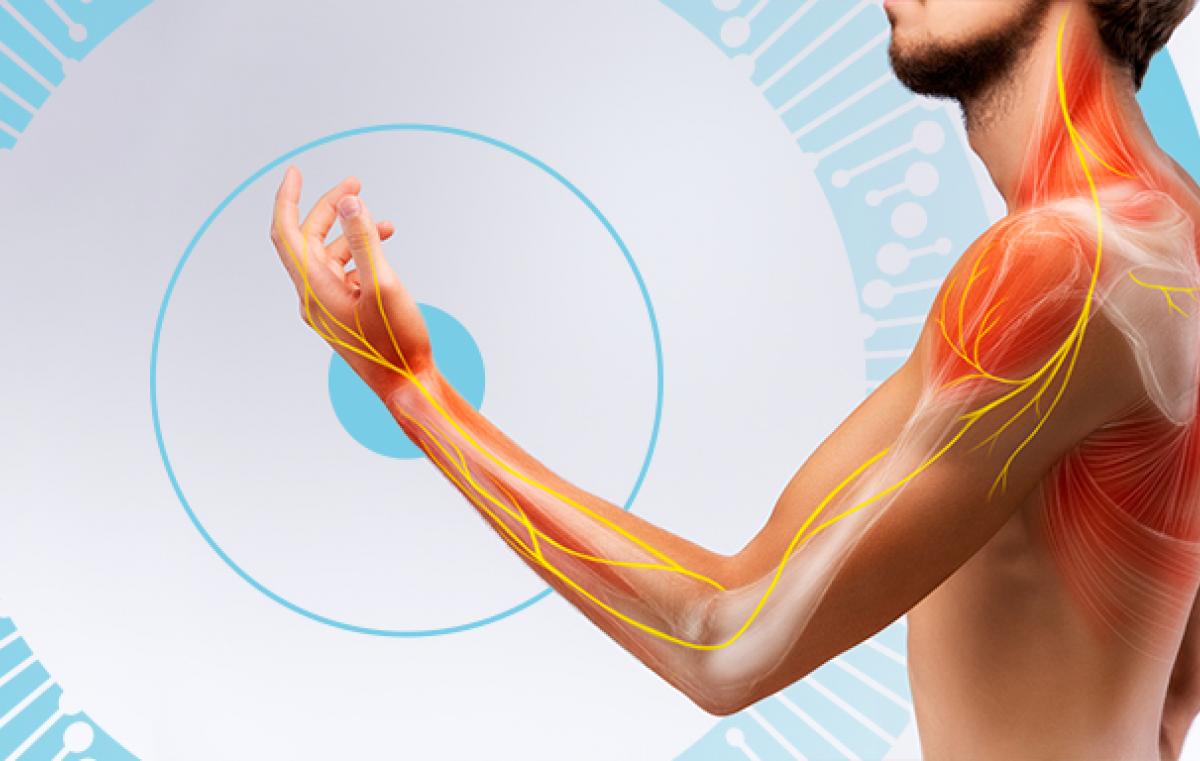The Anatomical Structure and Action Mechanism of a Nerve Receptor
A sensitive molecular mechanism has been discovered that gives the nerve receptor ‘Robo’ the ability to specifically respond to signals in its environment, without being unnecessarily activated in a way that would lead to undesirable results

During the development of the brain, billions of nerve cells (neurons) have to find their exact place in order to advance the creation of trillions of proper inter-neuron connections, thus allowing us to enjoy proper motor, perceptive and emotional skills.
In order for us to achieve such a high level of precision, neurons manifest unique protein receptors that sense the environment and are used as ‘navigators’, aiming the neurons and their long extensions at the right paths, while avoiding entering forbidden zones. Rare genetic disorders in those navigation receptors might cause severe neurological syndromes such as epilepsy and ataxia.
Research conducted at Bar-Ilan University, and published in the Cell scientific journal, has found a sensitive molecular mechanism, allowing the nerval receptor ‘Robo’ to specifically react to surrounding signals, without being unnecessarily activated in a way that will lead to undesirable results.
One of the most important signaling systems in the neural navigation process includes the ‘Robo’ receptor, exhibited on the surface of the navigating cells, and the extracellular protein ‘Slit’, which attaches to the ‘Robo’ and activates it. Genetic deficiencies in either of these proteins cause severe disorders in the structure and function of the brain. So, for instance, a deficiency in ‘Robo’ or ‘Slit’ damages the brain’s ability to create the appropriate connections beyond the area of the brain called ‘corpus callosum’. That is the area the nerve cell extensions go through from one half of the brain (hemisphere), crossing the path of the extensions coming out of the other hemisphere, on their way to shape the organs on the other side of the body; a very important trait in the physiology of living things.
Both ‘Slit’ and ‘Robo’ have a very high level of evolutionary preservation and this pair of proteins can be found in almost all living creatures that have a nervous system – from single-millimeter roundworms all the way to humans – which points to their great importance for the functioning of the nervous system. By using X-ray crystallography, doctoral candidate Reut Barak was able to decipher the spatial structure of the ‘Robo’ receptor on the level of atomic separation. The crystallography work and deciphering of the structure took about six years and served as the initial stage of the research. These atomic structures quite clearly showed how two ‘Robo’ receptors connected to form an active dimmer, and how the contact points taking part in the dimming process are blocked in the inactive receptors. These structural revelations served as the basis for a series of follow-up biochemical and developmental experiments conducted by the lab manager, Dr. Julia Guez-Haddad, and doctoral candidate Galit Yom-Tov.
Activation model for ‘Robo’ receptor
In the next stage we focused on examining the new mechanism in a live organism’s system. We took a narrowing research approach and followed up on the elongation of a certain type of neuron. In the course of evolution, the genes coded for ‘Robo’ and ‘Slit’ were doubled several times, so in both humans and mice there are four ‘Robo’ and three ‘Slit’ receptors, with each having unique aspects but also a certain functional overlap. It was clear to us that should we perform the planned experiments – in which we conduct focused genetic changes – in a model animal with multiple ‘Robo’ collectors, it would be hard to distinguish the differences in biological activity due to the compensation effect from the other receptors. Luckily, the tiny roundworm C. elegans only has a single gene preserved for ‘Robo’ and another for ‘Slit’, which simplifies the experiments to a certain extent, as well as the analysis of the results. Thus, with the help of Prof. Sivan Henis-Korenblit, also from the Bar-Ilan Goodman Faculty of Life Sciences and an expert in C. elegans genetics and development, we conducted a series of Axon guidance experiments to verify the structural model and biochemical results.
‘Robo’ as a potential target site for medication
Uncontrolled ‘Robo’ and ‘Slit’ activity contributes to the development of a number of chronic and developmental diseases such as molecular degeneration, osteoporosis and chronic kidney diseases. Scientists also take special interest in the involvement of ‘Robo’ and ‘Slit’ in cancer. The cells in our body regularly receive signals from their environment directing them towards growth, division, differentiation, migration and eventually planned cellular death. These signals are received through receptors presented on the surface of the cells that transfer the desired information into the cell. In cancer, some of these receptors are “enslaved” in order to allow the creation and appearance of tumors, and the transmission and establishment of metastasis. Custom-made medicine, based on analyzing the genetic profile of the cancerous tumor, uses medications that block the activity of these wayward receptors, preventing the cancerous cells from receiving signals vital for their continued growth. ‘Robot’ and ‘Silt’ uncontrollably appear in cancer and researchers have for some time considered these proteins to be attractive targets in treating incurable cases of pancreatic, skin and breast cancers. The issue is that there are not enough medications that aim at damaging the activity of ‘Robo’ and ‘Slit’ nowadays, and we concluded that the reason is a lack of structural understanding of ‘Robo’s’ activation and signal mechanism.
Our discoveries provide the required knowledge for planning effective medications that will target the control of ‘Robo’ actions in patients for the first time, thus expanding the range of possible treatments in the fight against cancer.